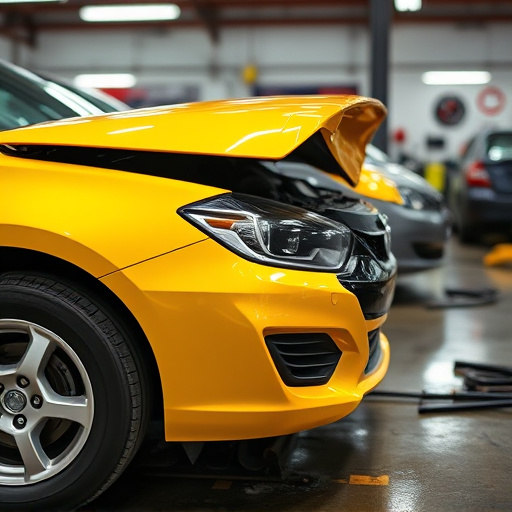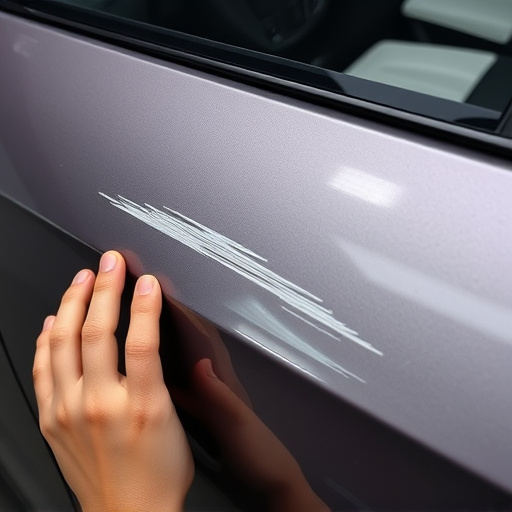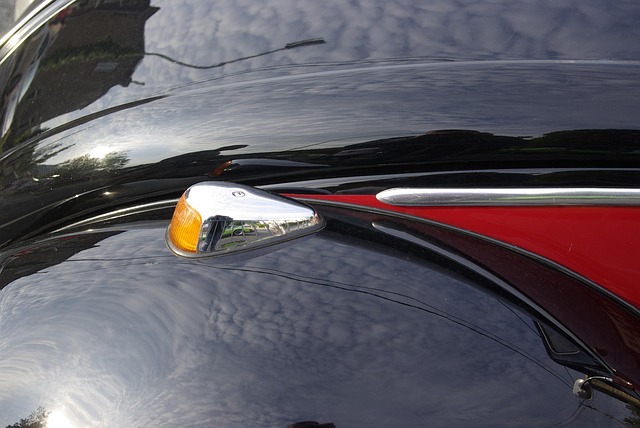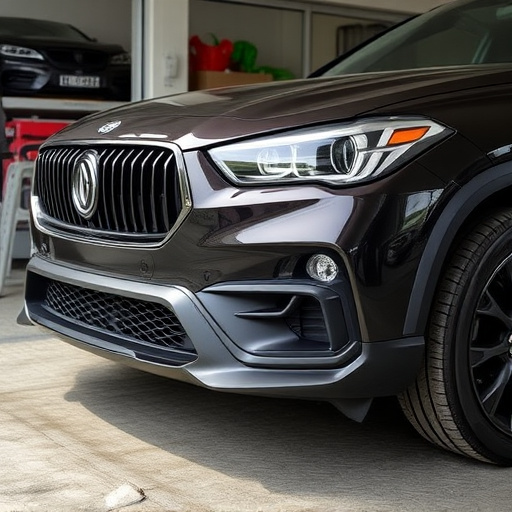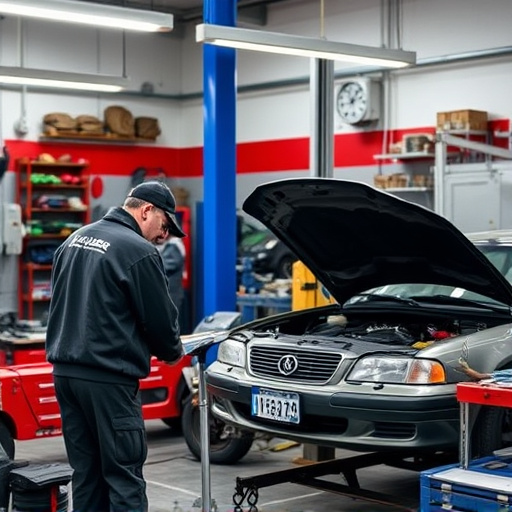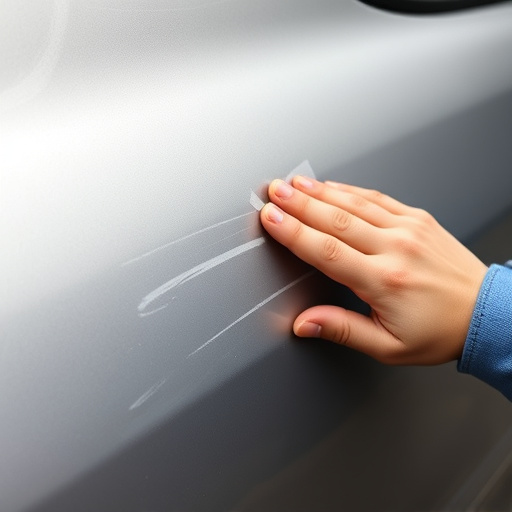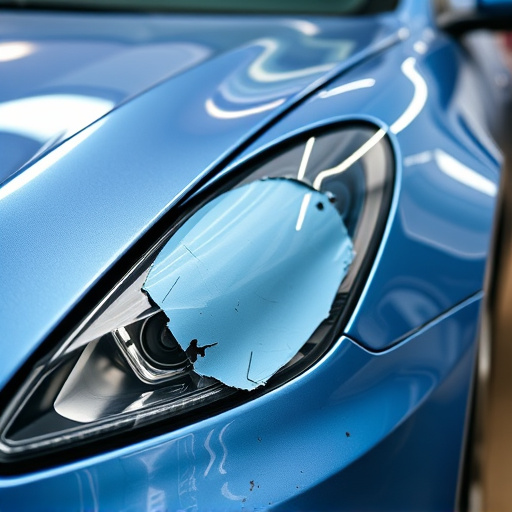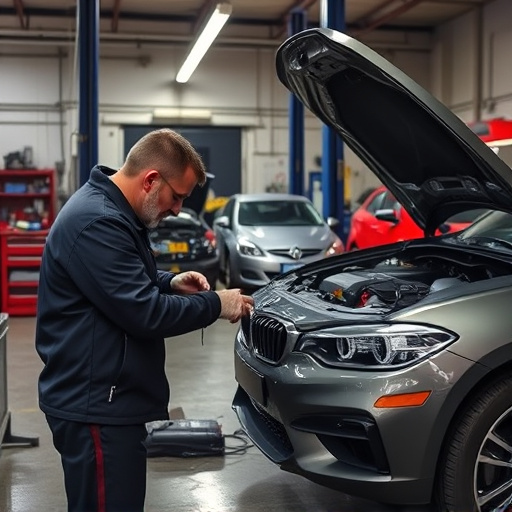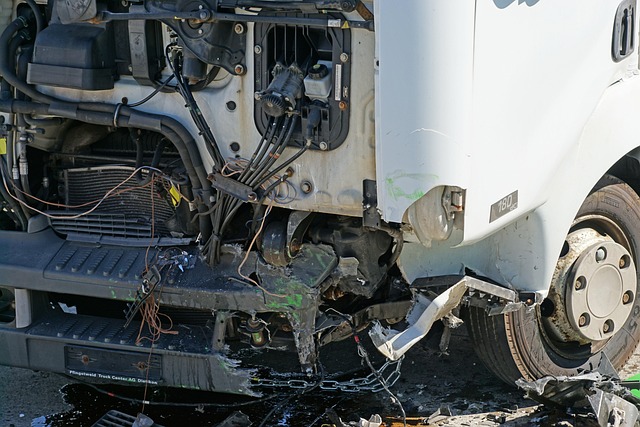Interest rates significantly impact the cost and feasibility of repair financing options for car damage or collision repairs. Understanding different interest rate types (simple, complex, fixed, variable) is crucial in making informed decisions. Lower rates save money over time, while higher rates increase borrowing costs. A strong credit score and shopping around for quotes from multiple lenders can secure lower rates. Balancing loan term length ensures the most advantageous financing tailored to specific repair needs.
“Unraveling the mystery of interest rates is a crucial step towards making informed decisions about your repair financing. This article guides you through the intricate world of repair financing options, focusing on how interest rates work and their significant impact on your costs.
We’ll explore various types of interest rate structures, offering insights into fixed vs. variable rates and their implications. Additionally, we provide strategic advice to help you optimize your interest rates, ensuring you secure the best possible deal for your repair financing options.”
- What Are Interest Rates and How Do They Impact Repair Financing?
- Deciphering Different Types of Interest Rates in Repair Loans
- Strategies to Optimize Interest Rates for Your Repair Financing Options
What Are Interest Rates and How Do They Impact Repair Financing?

Interest rates are a key factor in understanding the financial burden of repair financing options, whether it’s for your vehicle or any other asset. Put simply, interest rates are the cost of borrowing money, expressed as a percentage of the loan amount. In the context of repair financing, these rates can significantly impact how much you pay over time for an unexpected car damage repair or visit to a collision repair shop.
When considering repair financing options, a higher interest rate means you’ll pay more in interest charges on top of the principal amount borrowed. This can extend the overall duration of your repayment period and increase the total cost of the repair. Conversely, lower interest rates make borrowing money for repairs more affordable by reducing these additional fees. Therefore, understanding interest rates is crucial for making informed decisions when it comes to financing the necessary collision repair center services for your vehicle or other valuables.
Deciphering Different Types of Interest Rates in Repair Loans

When considering repair financing options for your vehicle, understanding interest rates is paramount to making an informed decision. Different types of interest rates are employed in repair loans, each with its own implications. Simple interest calculates charges solely on the principal amount borrowed, offering transparency but potentially higher costs over time. In contrast, complex rates, such as those based on the London Interbank Offered Rate (LIBOR), can fluctuate, providing potential savings if rates drop but introducing uncertainty and potential complexity.
Furthermore, fixed-rate loans offer stability by locking in an interest rate for the loan term, while variable-rate loans adjust periodically, potentially benefiting from lower future rates but exposing borrowers to rising costs. Auto body repair, vehicle repair services, and even auto painting can all be financed with these various interest structures, so choosing the right one depends on your financial comfort level with change and anticipated duration of repayment.
Strategies to Optimize Interest Rates for Your Repair Financing Options

When exploring repair financing options, understanding interest rates is paramount to making informed decisions that save you money in the long run. One effective strategy is to maintain a strong credit score. Creditors often offer lower interest rates to borrowers with excellent credit histories. Regularly reviewing your credit report and taking steps to improve your score can be beneficial.
Another tactic involves shopping around for financing. Different lenders have varying interest rate structures, so comparing quotes from multiple sources for repair financing options—including auto body work and car paint repair—can yield significant savings. Furthermore, consider the length of the loan term. Opting for a longer repayment period might reduce monthly installments but could result in paying more interest over time. Balancing these factors ensures you secure the most advantageous interest rates tailored to your specific repair financing needs.
Understanding interest rates is pivotal when exploring repair financing options. By grasping how different types of rates work and implementing strategies to optimize them, you can make more informed decisions regarding your repair financing. Ultimately, this knowledge equips you to secure the best possible terms for your repair financing options.
